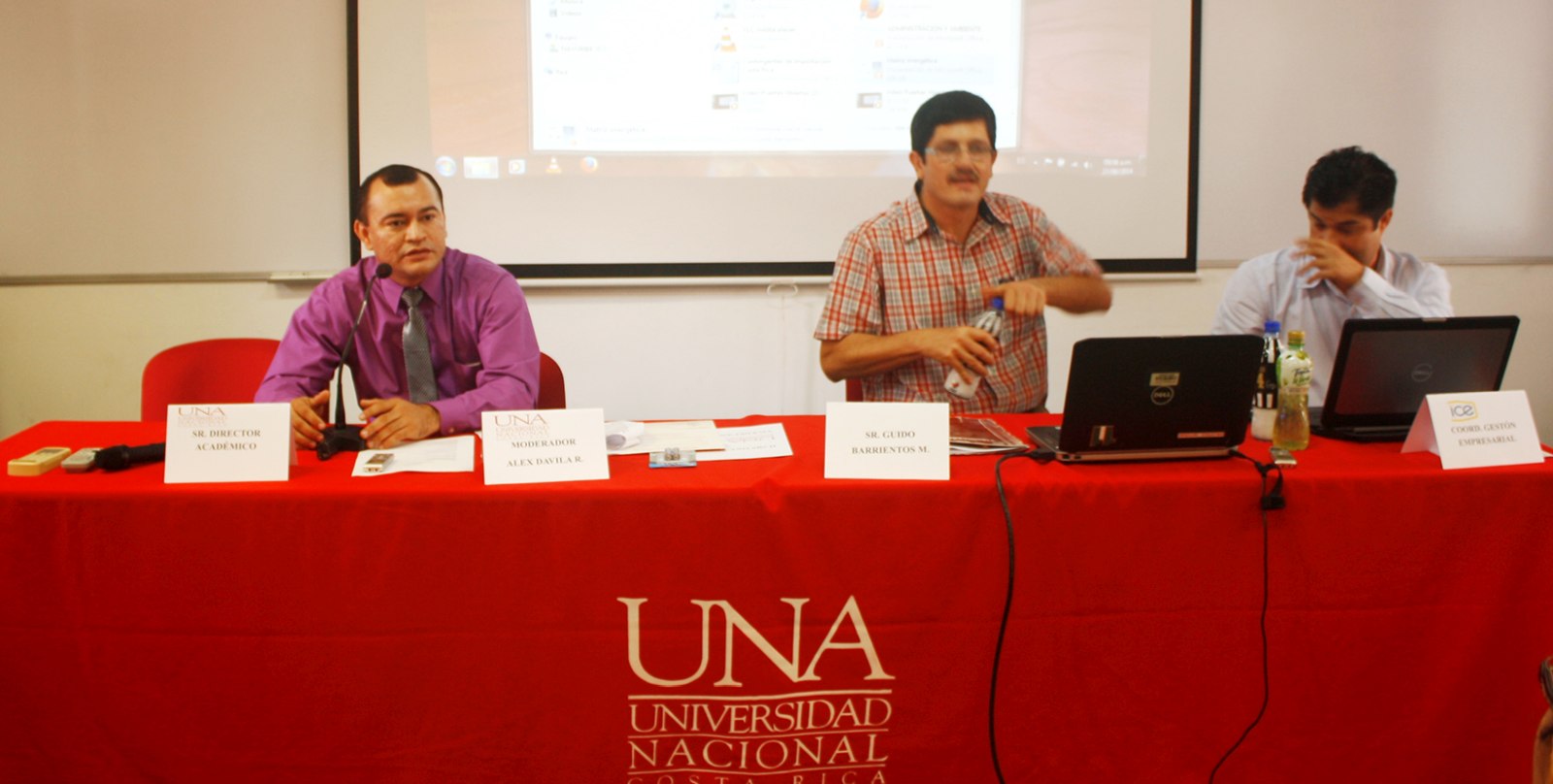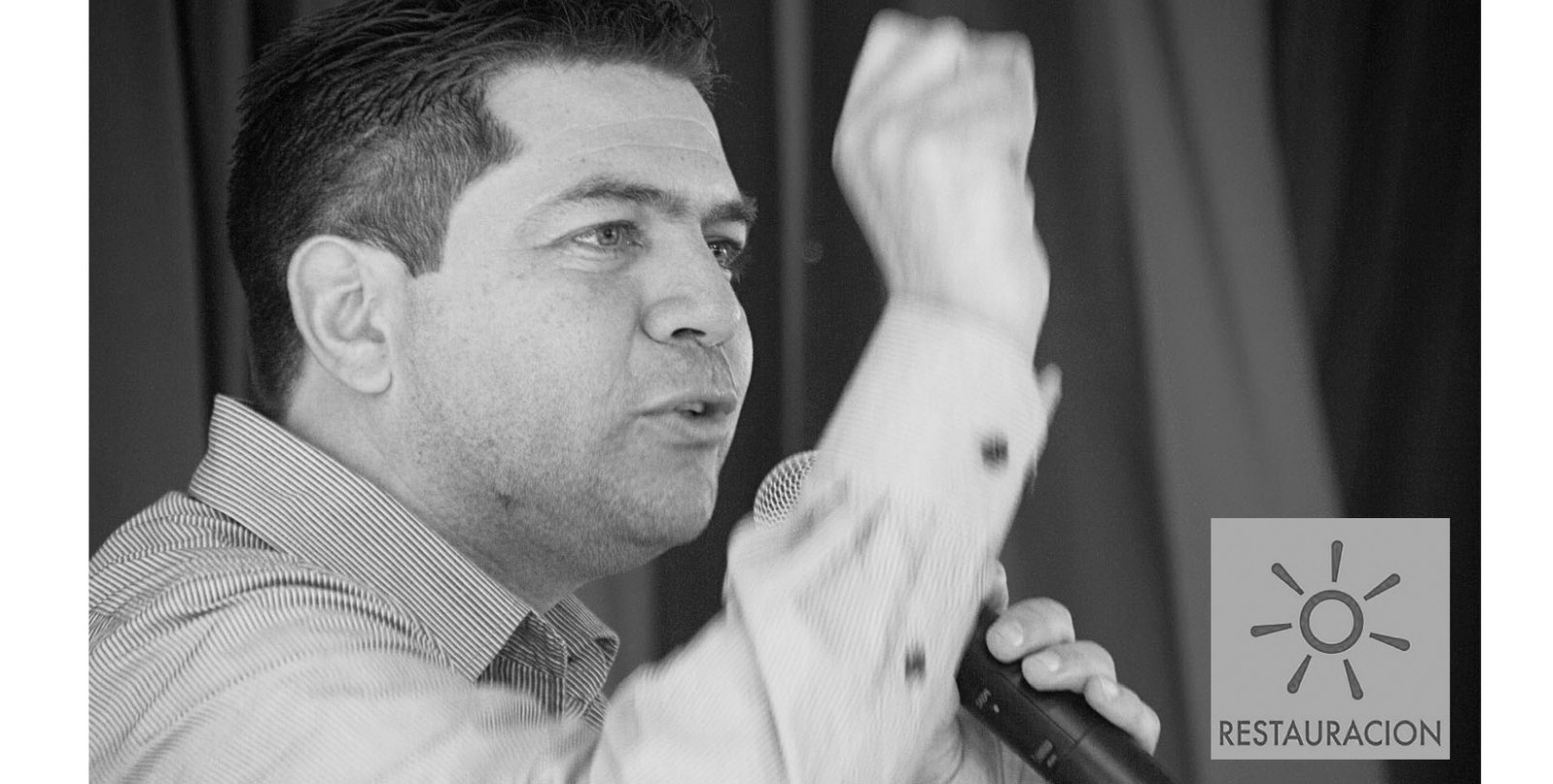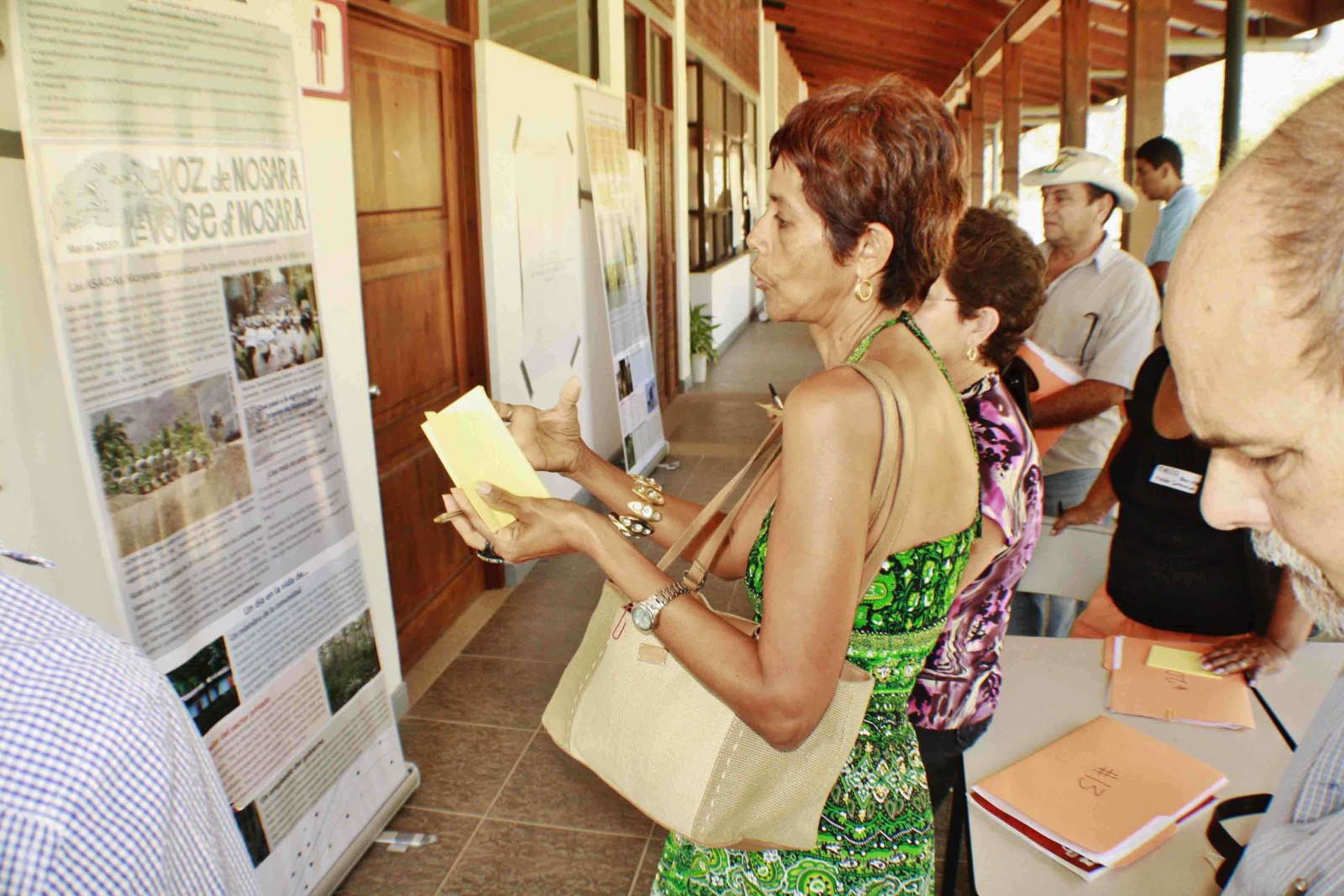
Guanacaste is not environmentally sustainable, although the province could be if Costa Ricans do away with several myths and invest more in the production of clean energy. That is the conclusion reached during the exposition organized on August 27 by the National Council of Rectors (CONARE – Consejo Nacional de Rectores), the Costa Rican Electrical Institute (ICE – Instituto Costarricense de Electricidad) and the National University’s (UNA – Universidad Nacional) Nicoya campus. Officials from the State of the Nation Program were present for the event, along with some 70 people.
Guido Barrientos, an official in the dissemination department of the State of the Nation, presented various indicators and statistics from the overview of the 19th report on the State of the Nation, which was published in 2012. He focused on a series of myths that exist regarding the current national reality and principally environmental management.
Barrientos explained that many people believe that Costa is a clean energy country, and that by the country can achieve environmental sustainability through simply creating protected areas and recovering forests.
However, in his presentation, Barrientos indicated that although national forest cover grew by some 52% in the last 30 years, the country’s carbon footprint also increased 43% during the same period.
The increased carbon footprint meant an increase from 3% to 11% in the difference between the country’s capacity to renew itself and the use of resources (water, energy, etc.) by its people.
“This means that currently we are using natural resources that should be for future generations, and demonstrates that conservation alone does not guarantee environmental sustainability,” stated Barrientos.
Regarding the carbon footprint, Barrientos said that hydrocarbons (products derived from oil) are the main producers of carbon dioxide (75%) at the national level, of which 60% is produced by private transportation.
In addition, the researcher said that petroleum is increasingly being used to meet the country’s demand for electricity. “At this pace it is going to be very difficult to meet the goal of being carbon neutral by 2021,” he commented.
Barrientos believes that the great challenge of changing the situation requires work and commitment by all Costa Ricans, mainly the political class. “We need politicians with leadership and the ability to negotiate,” he said.
Another presenter was Hartman Guido Sequeria, an ICE engineer who spoke about the necessity of incentivizing the production of clean energy in Guanacaste, as it is estimated that the country’s energy consumption will increase 29% by 2020, which would mean a 593-megawatt increase in six years.
Guido stressed the importance of geothermal resources – energy that is produced by using the heat from the planet’s interior – as a cost-effective alternative with low environmental impact that is compatible with conservation and available throughout the entire year.
According to data gathered by ICE, 100% of geothermal energy produced in the country comes from Guanacaste, which hosts the Miravalles and Pailas I and II projects that are currently in development, as well as Borinquen I and II.







Comments